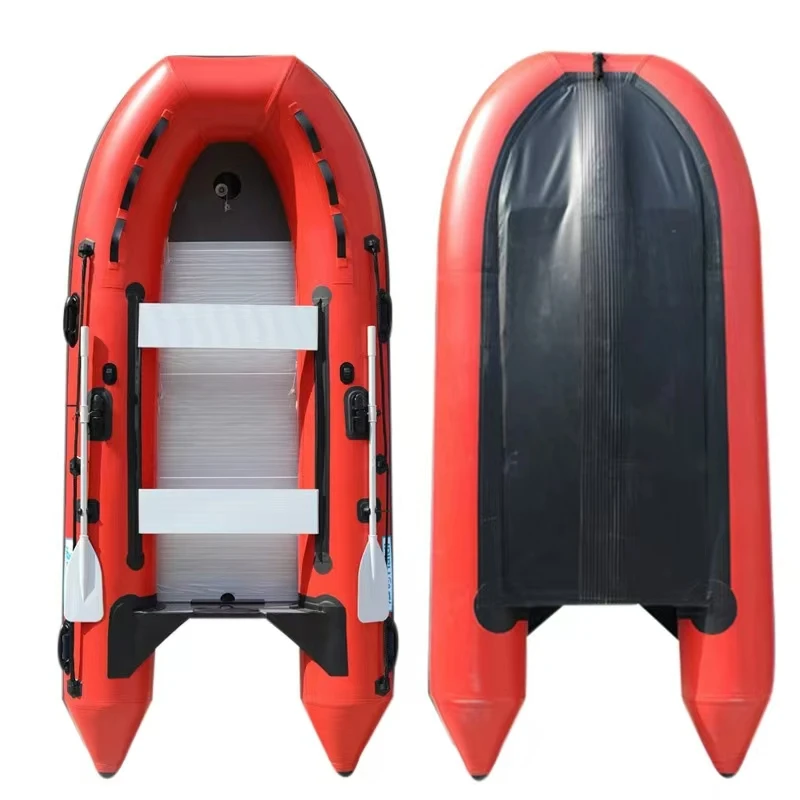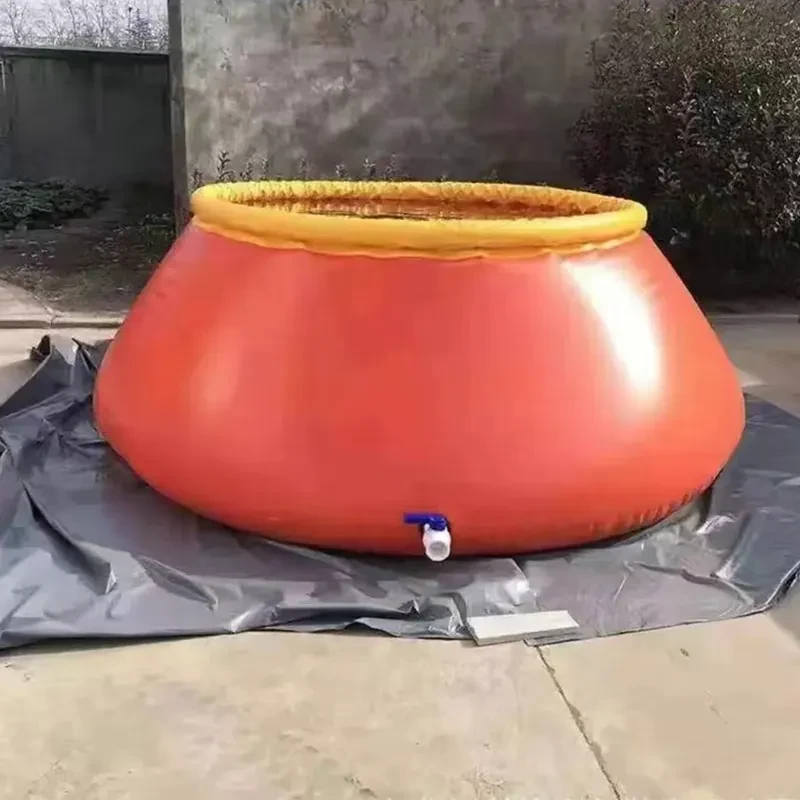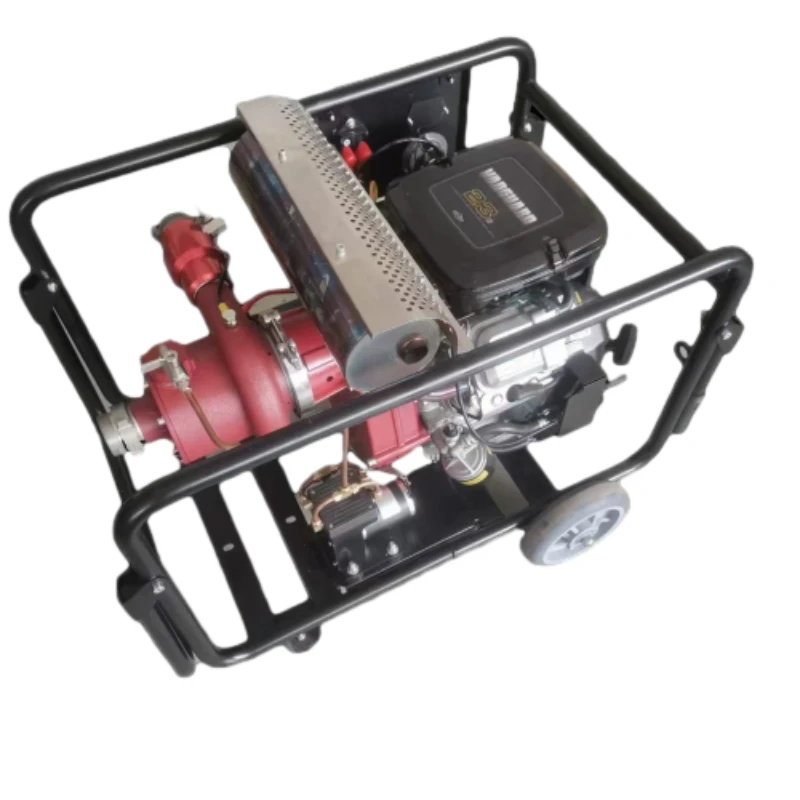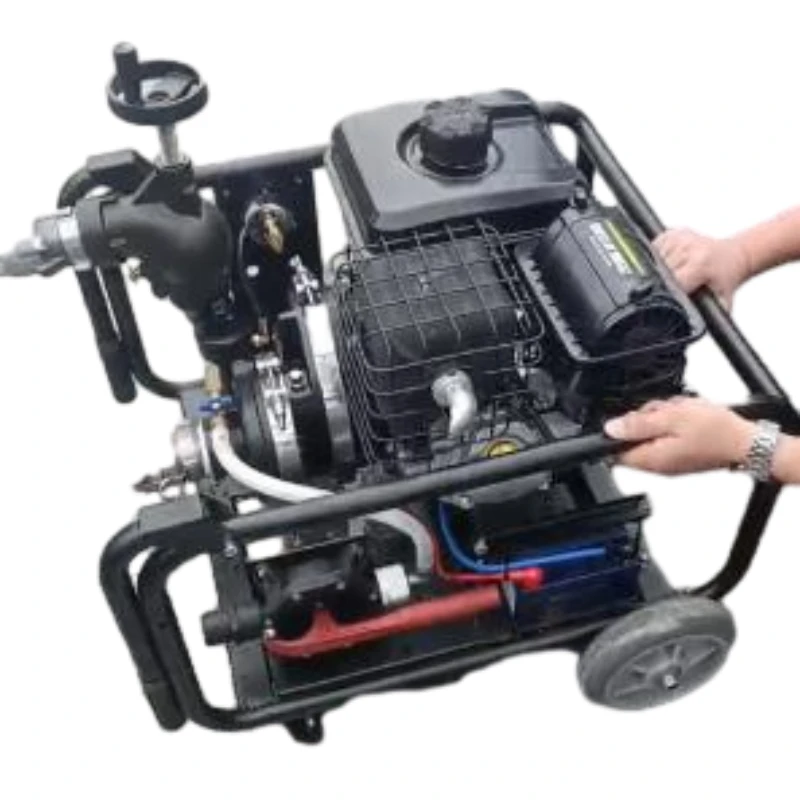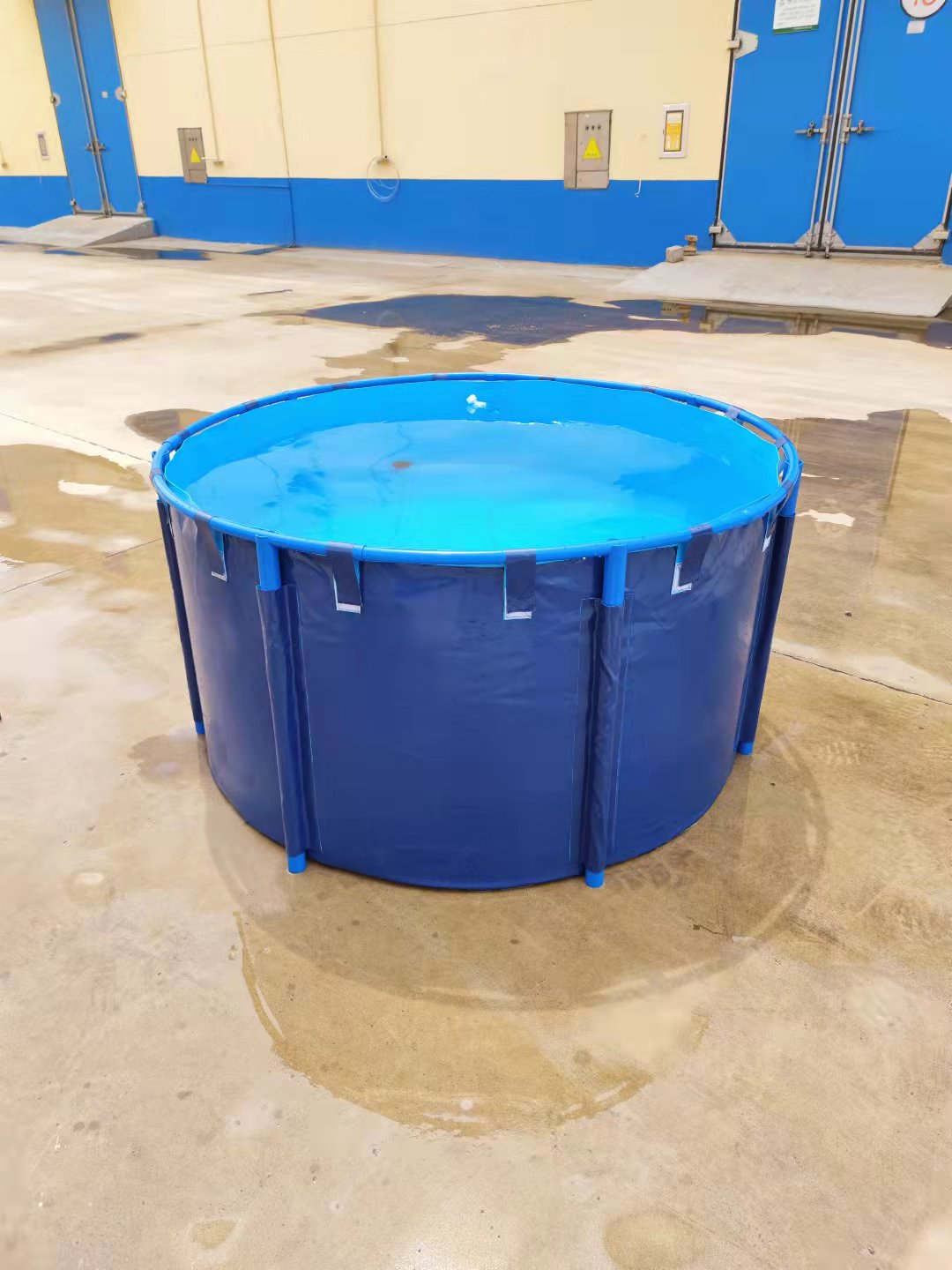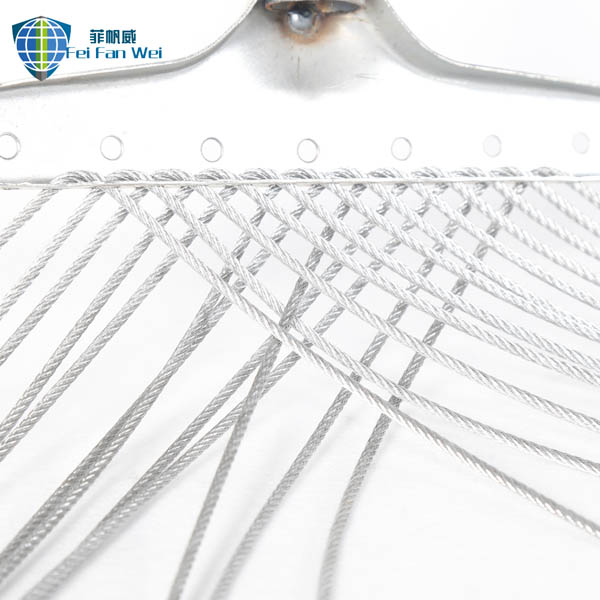Introduction to Advanced Fire Proof Suit Technology
In the demanding sectors of industrial safety, emergency response, and structural firefighting, the integrity of personal protective equipment (PPE) is paramount. Among these critical safety assets, the Fire Proof Suit stands as a cornerstone, engineered to provide unparalleled protection against extreme thermal hazards, flashovers, and chemical exposures. This comprehensive article delves into the intricate world of fire-resistant apparel, exploring the latest industry trends, detailed technical specifications, diverse application scenarios, and the inherent advantages offered by advanced solutions. We will also examine the meticulous manufacturing processes, adhere to stringent industry standards like NFPA and EN, and discuss the critical aspects of vendor selection and customization that empower organizations to safeguard their personnel effectively.
The evolution of protective clothing has been driven by continuous innovation in material science and ergonomic design, aiming to enhance both safety and operational efficiency. Modern Fire Proof Suit ensembles are no longer just barriers; they are integrated systems designed to manage heat stress, ensure breathability, and maintain mobility in the most hostile environments. From petrochemical plants and metallurgical facilities to urban firefighting fronts and hazardous material incidents, the reliability of these suits directly correlates with the survival and operational success of the wearers. This deep dive aims to provide B2B decision-makers and technical personnel with the authoritative insights necessary to make informed procurement decisions that prioritize safety without compromising performance.

Understanding Fire Proof Suit Manufacturing: A Precision Process
Material Science and Layered Construction
The effectiveness of a Fire Proof Suit hinges significantly on its multi-layered construction, a sophisticated design integrating advanced materials to achieve comprehensive protection. Typically, a suit comprises three primary layers: an outer shell, a moisture barrier, and a thermal barrier. The outer shell, often made from high-performance aramid fibers like Nomex or Kevlar, provides abrasion resistance, flame resistance, and tear strength, acting as the first line of defense against radiant heat and direct flame impingement. Beneath this, the moisture barrier, often a PTFE (Polytetrafluoroethylene) membrane laminated to a non-woven fabric, prevents the ingress of water, chemicals, and bloodborne pathogens while allowing perspiration to escape, thus mitigating heat stress.
The innermost thermal barrier, composed of multiple layers of specialized non-woven materials, traps air to create an insulating layer, crucial for preventing convective and conductive heat transfer to the wearer's body. The combination of these layers creates a composite material system engineered to offer maximum protection while minimizing weight and bulk. Each material is meticulously selected based on its inherent properties – be it flame retardancy, thermal stability, chemical resistance, or breathability. The lifespan of a high-quality Fire Proof Suit is typically between 5 to 10 years, depending on usage frequency, maintenance, and exposure severity, reinforcing the importance of quality materials and construction for prolonged safety.
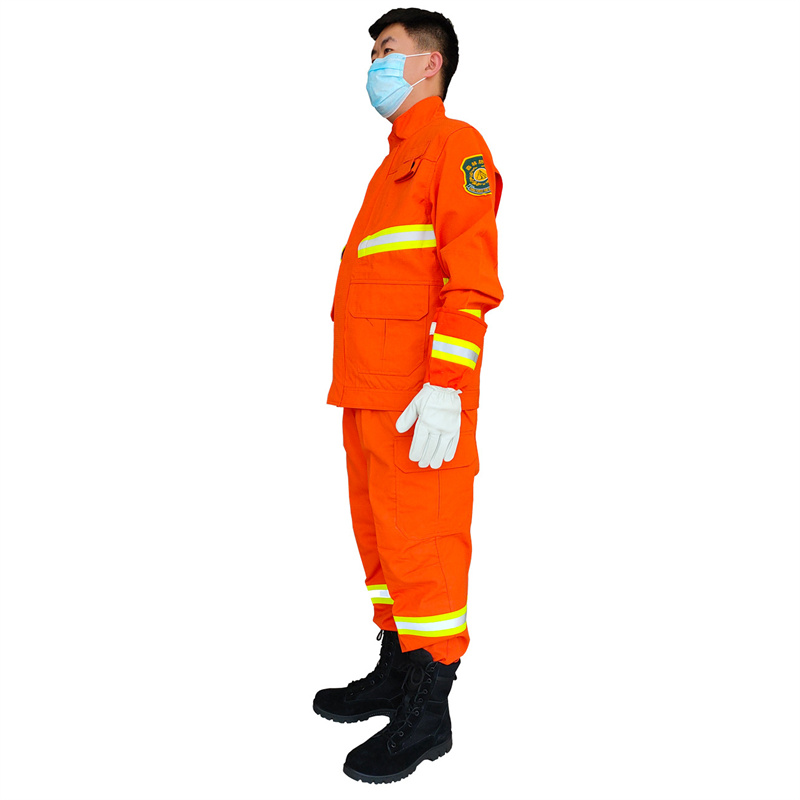
Advanced Manufacturing Techniques
The manufacturing process for a Fire Proof Suit is far removed from traditional metalworking techniques like casting or forging; instead, it involves advanced textile engineering and precision garment assembly. Key processes include:
- Fabric Weaving and Treatment: Specialized looms produce high-strength aramid fabrics, which then undergo various chemical treatments for enhanced flame retardancy, water repellency, and color fastness.
- Lamination: The moisture barrier is typically created by laminating a breathable membrane (like ePTFE) to a protective substrate using heat and pressure, ensuring uniform adhesion and barrier integrity.
- Precision Cutting: Computer-aided design (CAD) and automated cutting machines ensure precise pattern cutting, minimizing material waste and guaranteeing consistent sizing and fit.
- Specialized Stitching: Multi-needle, reinforced stitching techniques, often using high-strength aramid threads, are employed to ensure seam integrity and prevent thermal shrinkage or failure under extreme conditions. Critical seams might be sealed or taped to maintain moisture barrier integrity.
- Component Integration: Fire-resistant zippers, reflective trim, reinforced knees, and padded elbows are strategically integrated to enhance functionality, visibility, and durability.
- Quality Control: Throughout each stage, rigorous quality checks are performed, from inspecting raw materials to evaluating the finished garment's integrity.
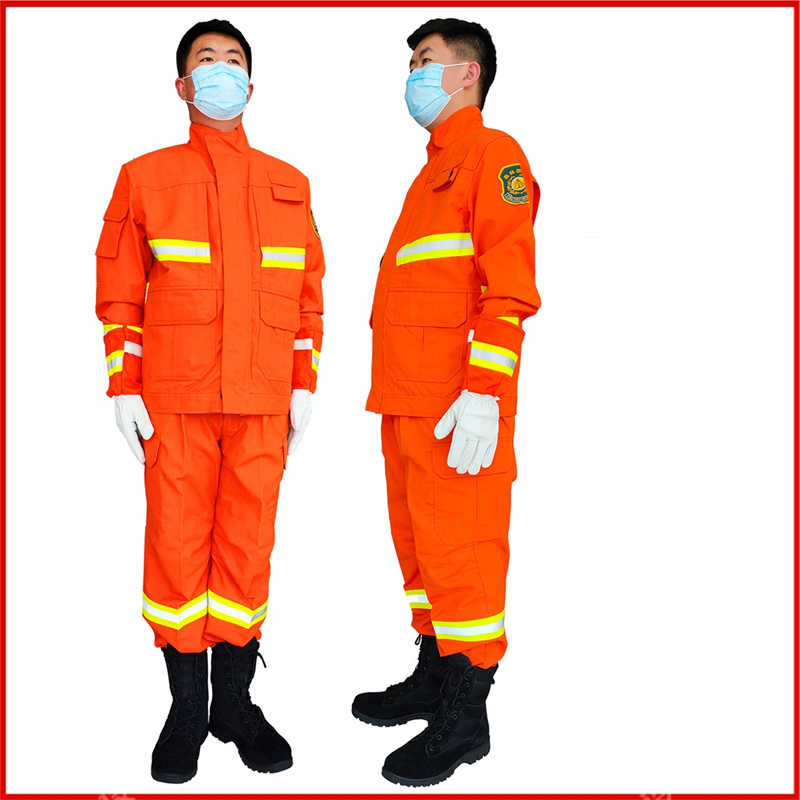
Rigorous Testing and Certification Standards
Compliance with international safety standards is non-negotiable for any reputable Fire Proof Suit. Key standards include:
- NFPA 1971 (USA): The National Fire Protection Association's standard on Protective Ensembles for Structural Fire Fighting and Proximity Fire Fighting. This comprehensive standard specifies minimum design, performance, testing, and certification requirements for the various components of a firefighter's protective ensemble. It covers thermal protective performance (TPP), total heat loss (THL), flame resistance, tear strength, and chemical penetration resistance.
- EN 469 (Europe): The European standard for protective clothing for firefighters. It defines performance requirements for protective clothing for firefighting activities, categorizing protection levels based on heat and water penetration.
- ISO 11612: International standard for protective clothing against heat and flame. While broader, it provides essential test methods applicable to components of fire suits.
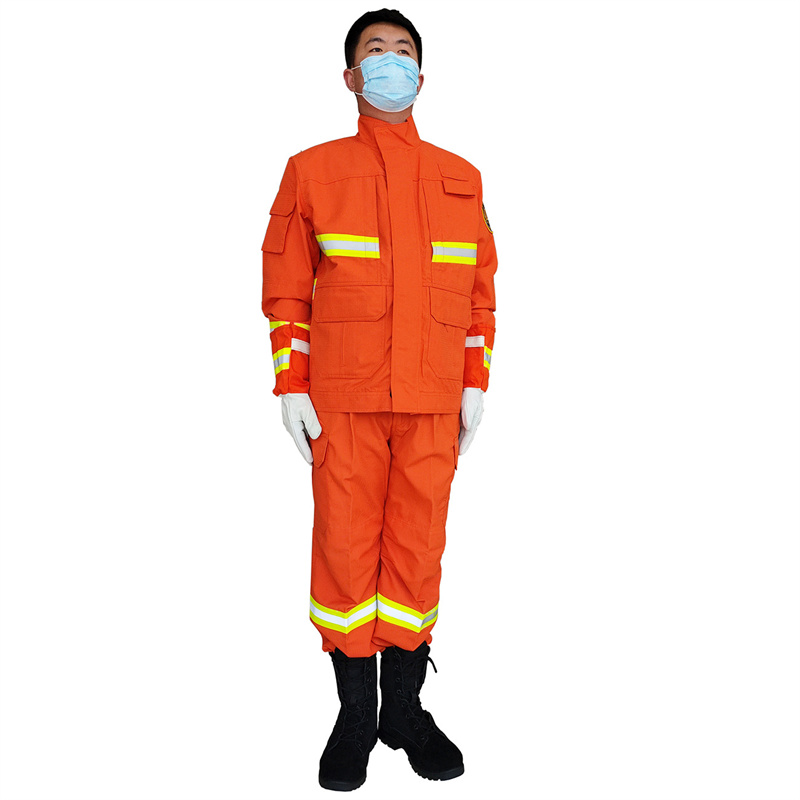
Key Technical Parameters and Performance Metrics
Evaluating a Fire Proof Suit requires understanding its core technical parameters, which directly reflect its protective capacity and wearer comfort. These metrics are crucial for comparing different models and ensuring suitability for specific operational demands. Key parameters include:
Understanding these metrics allows procurement teams to specify the exact performance requirements needed for their operational environment, ensuring that the selected Fire Proof Suit provides optimal protection without compromising on the wearer's mobility or comfort, which are crucial for extended operations.

Strategic Applications of Fire Proof Suits Across Industries
The deployment of a Fire Proof Suit is critical across a spectrum of high-risk industries where personnel are routinely exposed to thermal extremes, chemical hazards, or the unpredictable nature of fire. These specialized garments are indispensable in sectors that prioritize human safety in volatile environments.
- Structural Firefighting: The most direct application, providing firefighters with protection against high heat, flame, steam, and falling debris during building fires and emergency rescues.
- Petrochemical and Oil & Gas: Workers in refineries, offshore platforms, and chemical processing plants face risks from flash fires, jet fires, and chemical splashes. A Fire Proof Suit offers multi-hazard protection in these explosive atmospheres.
- Metallurgy and Foundries: Employees handling molten metals or working near high-temperature furnaces require protection from extreme radiant heat and molten splash, areas where the thermal insulation of fire suits is paramount.
- Emergency Response and HAZMAT Teams: Beyond fire, these suits protect against chemical permeation and provide thermal protection during hazardous material spills, enabling safe entry into contaminated zones.
- Industrial Maintenance and Utilities: Personnel performing hot work, welding, or repairs in environments with potential fire risks benefit immensely from the inherent protection offered by these suits, enhancing safety and operational continuity.

Case Study: Industrial Firefighting and Emergency Response
Consider a large-scale industrial incident, such as a fire at a chemical processing plant. The incident demands immediate and sustained intervention, often involving exposure to high temperatures, hazardous fumes, and the risk of explosion. A team equipped with NFPA 1971 compliant Fire Proof Suit ensembles can safely approach the fire, conduct rescue operations, and implement containment strategies. The suits' superior Thermal Protective Performance (TPP) shields against the intense radiant heat, while the integrated moisture barrier prevents chemical permeation, allowing the team to operate for extended periods without succumbing to burns or hazardous exposure. This direct application underscores the critical role of advanced protective apparel in minimizing risks and enabling successful, safe interventions in complex industrial emergencies. Without such specialized gear, entry into these environments would be impossible, highlighting the life-saving advantage of a properly designed and certified Fire Proof Suit.
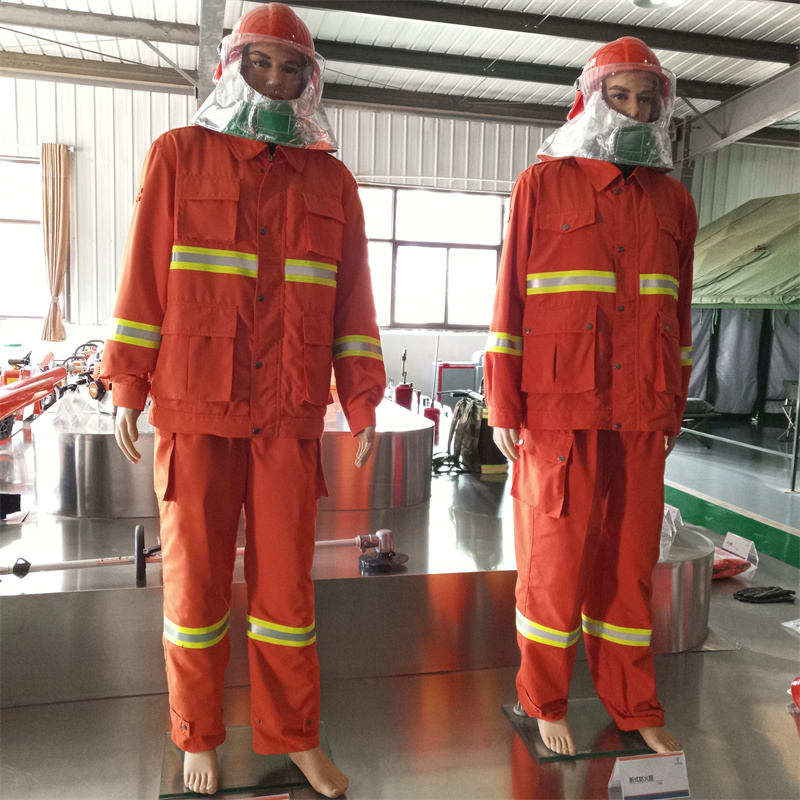
Advantages of Premium Fire Proof Suit Solutions
Investing in a premium Fire Proof Suit yields significant advantages beyond basic compliance, directly impacting the safety, comfort, and operational effectiveness of personnel. These benefits are derived from advanced material science, ergonomic design, and rigorous quality control.
- Superior Thermal Protection: Modern suits offer enhanced TPP values, significantly extending the time an individual can endure extreme heat exposure before sustaining second-degree burns. This critical safety margin is vital in dynamic and unpredictable fire scenarios.
- Enhanced Mobility and Ergonomics: Despite their robust protective layers, advanced suits are engineered for flexibility and reduced bulk. Articulated joints, pre-bent elbows, and gusseted crotches allow for a greater range of motion, reducing wearer fatigue and enabling more agile movements, which is crucial for rescue operations.
- Durability and Longevity: High-quality aramid fabrics and reinforced stitching ensure exceptional resistance to tears, abrasions, and punctures. This durability translates to a longer service life, reducing replacement costs and ensuring consistent protection over time, even under arduous conditions.
- Effective Heat Stress Management: With improved THL values and sophisticated moisture barriers, premium fire suits facilitate better perspiration evaporation, minimizing the risk of heat stress and dehydration, allowing wearers to perform safely for longer durations.
- Chemical and Fluid Resistance: Beyond fire, many industrial incidents involve chemical spills or biological hazards. Integrated moisture barriers in top-tier Fire Proof Suit models provide robust resistance against common industrial chemicals, bloodborne pathogens, and water, offering multi-hazard protection.
- Increased Visibility and Safety Features: High-visibility reflective trim, often exceeding ANSI or EN ISO standards, significantly enhances wearer visibility in low-light or smoke-filled environments, preventing accidents and aiding in tracking personnel.
These combined advantages represent a holistic approach to safety, ensuring that industrial workers and first responders are not only protected from immediate threats but can also operate with optimal comfort and efficiency, ultimately leading to better outcomes in hazardous situations.
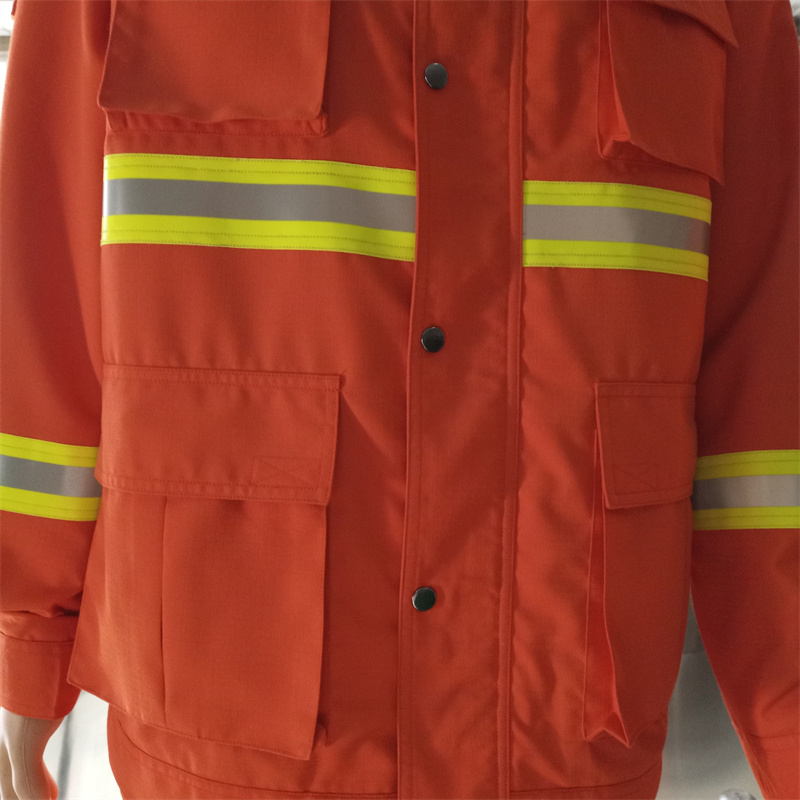
Navigating the Market: Manufacturer Comparison and Customization
Selecting the right Fire Proof Suit provider is a strategic decision that impacts safety, budget, and operational continuity. A thorough comparison of manufacturers, focusing on their certifications, product range, innovation, and customer support, is crucial.
Tailored Solutions: Customizing Your Fire Proof Suit
For specialized applications, off-the-shelf solutions may not suffice. Many leading manufacturers, including FFW Fire Safety, offer extensive customization programs for their Fire Proof Suit ranges. This can involve:
- Sizing and Fit: Beyond standard S-XXL, custom measurements ensure optimal fit, which is crucial for comfort, mobility, and the effectiveness of the protective layers.
- Material Configuration: Specifying different outer shell fabrics (e.g., PBI, Nomex, Kevlar), moisture barriers, or thermal liners based on specific threat assessments (e.g., higher chemical resistance or enhanced thermal performance for particular environments).
- Feature Integration: Adding specific pockets, loops for equipment, reinforced wear areas, specialized reflective trim patterns, or integrated communication systems.
- Branding and Identification: Incorporating company logos, departmental insignia, or unique color schemes for easy identification and brand consistency.
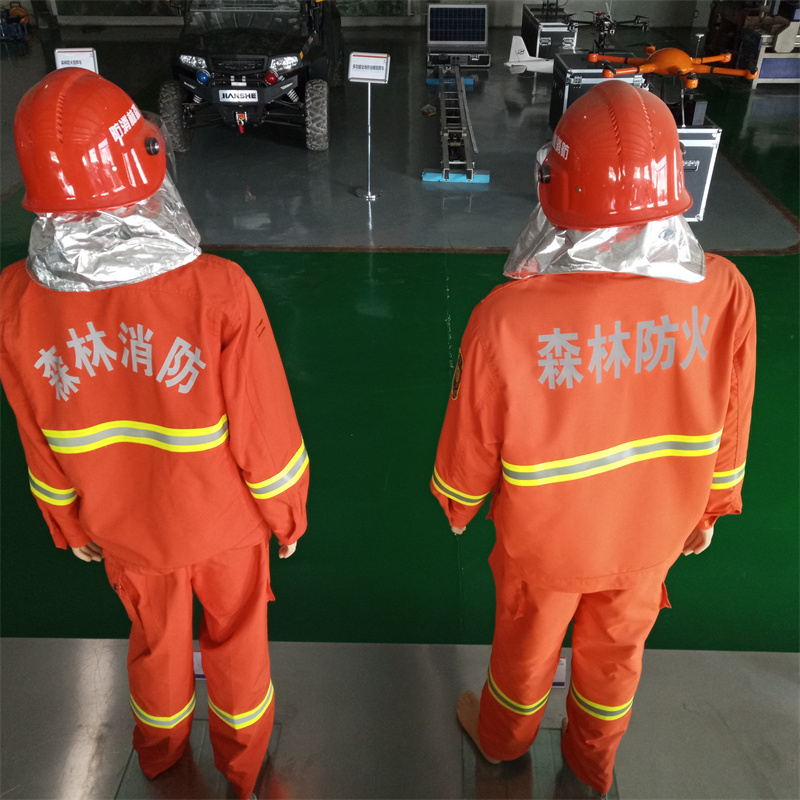
Trust and Reliability: FFW Fire Safety Commitments
At FFW Fire Safety, we understand that trust is built on proven performance, unwavering support, and clear communication. Our commitment to providing superior Fire Proof Suit solutions extends beyond product quality to encompass comprehensive customer service, transparent processes, and robust assurances.
FAQ: Common Questions About Fire Proof Suits
-
Q: What is the typical lifespan of a Fire Proof Suit?
A: The lifespan of a professional Fire Proof Suit typically ranges from 5 to 10 years. This depends on factors such as frequency of use, exposure to hazards, adherence to care and maintenance instructions, and whether it has sustained damage requiring retirement. Regular inspections and proper cleaning are crucial for maximizing its effective service life. -
Q: How do I choose the right size for a Fire Proof Suit?
A: Proper sizing is critical for both protection and mobility. We recommend consulting our detailed sizing charts and, ideally, requesting a fitting session. Factors like chest, waist, inseam, and arm length are key. An ill-fitting suit can compromise its protective capabilities and lead to discomfort or restricted movement. -
Q: Can these suits be repaired?
A: Minor repairs to the outer shell, such as tears or small punctures, can often be professionally repaired by certified technicians using approved materials and methods. However, damage to the moisture or thermal barrier typically warrants immediate retirement and replacement of the suit, as their integrity is paramount to protection. Always consult manufacturer guidelines for repair policies. -
Q: What are the cleaning requirements for a Fire Proof Suit?
A: Cleaning protocols are very specific and must follow manufacturer guidelines and NFPA 1851 (Standard on Selection, Care, and Maintenance of Protective Ensembles for Structural Fire Fighting and Proximity Fire Fighting). Improper cleaning can degrade protective materials. Most suits require specialized industrial washing to remove contaminants without damaging the complex layered structure.
Delivery and Warranty Assurance
We understand the urgency of equipping your teams. Our standard delivery for in-stock Fire Proof Suit models typically ranges from 3-5 business days, with custom orders requiring 4-6 weeks depending on complexity and volume. Each Fire Proof Suit from FFW Fire Safety is backed by a comprehensive warranty covering manufacturing defects and material integrity for a specified period (e.g., 2 years from the date of purchase), ensuring your investment is protected. Our transparent terms and conditions provide clear guidelines on claims and service.
Dedicated Customer Support
Our relationship with clients extends far beyond the point of sale. FFW Fire Safety provides dedicated customer support for all Fire Proof Suit products, including expert technical assistance, post-purchase training on care and maintenance, and efficient spare parts procurement. Our team is accessible via phone, email, and dedicated online portals to address any inquiries or support needs promptly. We are committed to ensuring your personnel remain safely equipped and fully operational.
References
- National Fire Protection Association (NFPA). NFPA 1971: Standard on Protective Ensembles for Structural Fire Fighting and Proximity Fire Fighting.
- European Committee for Standardization (CEN). EN 469: Protective clothing for firefighters - Performance requirements for protective clothing for firefighting activities.
- National Fire Protection Association (NFPA). NFPA 1851: Standard on Selection, Care, and Maintenance of Protective Ensembles for Structural Fire Fighting and Proximity Fire Fighting.
- International Organization for Standardization (ISO). ISO 11612: Protective clothing against heat and flame.
- Textile Research Journal. Advancements in Flame-Resistant and Thermal Protective Fabrics.
- Occupational Safety and Health Administration (OSHA). Personal Protective Equipment (PPE) Regulations.









